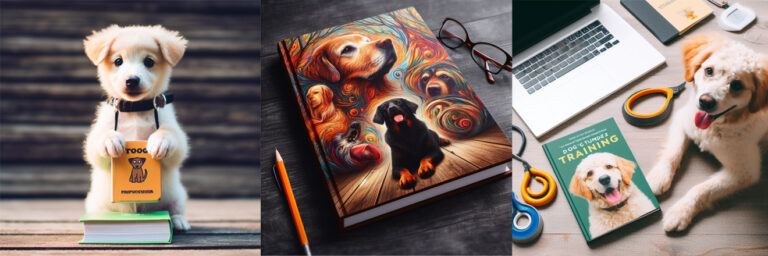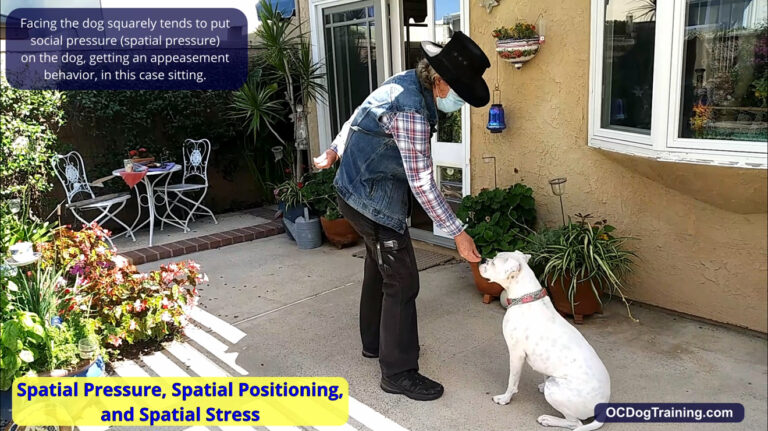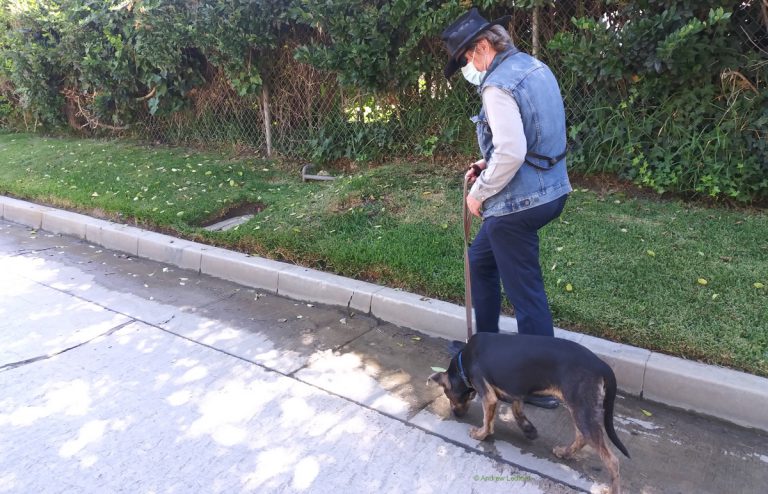How To Keep Two Aggressive Dogs In The Same House
Do your have two dogs that act aggressive with each other?
Here are a few ideas on how to deal the dog aggression problems in the home.
Keeping dogs that are aggressive toward each other is not a problem most people have. However, it is a problem I encounter enough that I wanted to write about it. Actually what motivated me to write this was working with a couple of dogs who do not get along. You may not own two incompatible dogs but there is a good chance at some point you will have a dog visit that doesn’t get along with yours, or you may go on vacation with dogs who don’t like each other.

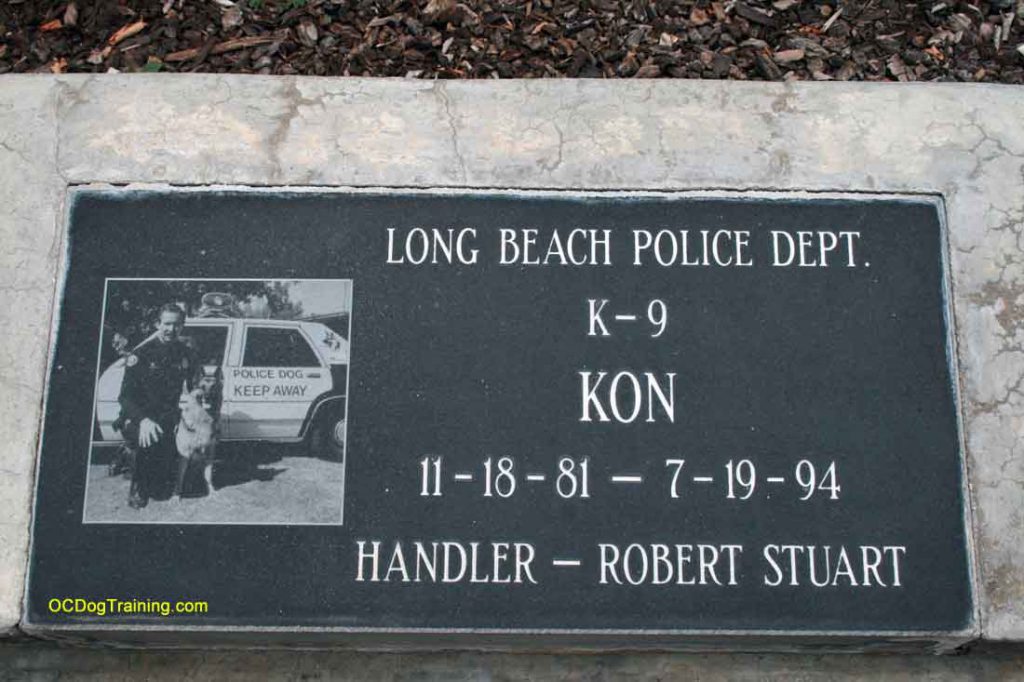
When I was younger I mainly worked with aggressive dogs doing police and security work. Often we had several dogs in the house or kennel that really enjoyed having a go at each other. It seemed quite natural to just keep them apart. I know many of the people I work with think it’s unnatural to keep their pet dogs separated. I just want to point out that this is one option. Even if you only use separation as a temporary option.
I have managed a kennel with over 60 security dogs. These dogs would all be let out at the same time and they were housed two dogs to a run. They had to learn not to fight when let out and when being fed. It took a few weeks but they did learn real fighting, fence fighting, and excessive barking was not allowed.
I remember one day while picking up pans one dog got out and cornered me. I thought I was going to do battle with that dog. Fortunately the owner of the security business/kennel came out gave the dog a stern command and it went right back into its run. This incident emphasized how important one of my rules is. That rule is always secure the latch on kennel runs. This applies to gates too. You will read a bit more about this rule later.
I am going to go over environmental management more than training. While training is important, it may take some time before both dogs are trained. However, you can start managing the dog’s environment right now.
The first and the obvious solution to preventing dog fights is don’t let the dogs get together. This is often easier said than done. It takes cooperation from all the people who have access to the dogs. While teaching everyone to keep the dogs separated is part of a management strategy, we cannot rely on people doing it. At least we can’t rely on everyone in the house successfully managing this behavior without some planning and good environmental design.
Usually one or both dogs are motivated to engage the other. Often they are looking for that window of opportunity. The unlatched door, careless guest, or obliging child. Dogs can move mighty fast and it is never pleasant to break up a dog fight.
We can keep the dogs separated by confinement and restraint. I prefer confinement, but a combination of confinement and restraint may sometimes be useful.
Confinement involves having one or more barriers between the two dogs. Restraint could be keeping one or both dogs on a leash.
As a general rule I use at least two barriers to keep the dogs away from each other. If you are using two dog runs/kennels make sure the dogs cannot do any fence fighting. To discourage fence fighting have the runs away from each other. I used to have a small kennel in the desert and I always had at least one dog run away from the others. The separate kennel was for that problem dog that just didn’t get along with others. Eventually the problem dog would be integrated into the general dog population, but it would start off away from the others.

You will also want to make sure no one accidentally lets the dogs out. A motivated dog can breach a barrier in several ways. One way they can get past the barrier is learning how to open a gate or door. This is how the security dog that cornered me got out. You need to make sure the dogs can’t let themselves out or in. I usually secure the gate latch with a snap, gate hook, or lock.
Having two gates satisfies one of my rules for dog safety – keep at least two barriers between the dog(s) and the problem.
I once had a very aggressive and somewhat unstable German Shepherd Dog and my rule for him was to have at least three barriers between him and the public. I also took the extra precaution that his dog run/kennel was to always be locked.
The three barrier rule is also good for some households with dogs that are very aggressive toward each other. It gives an extra measure of security when more than one person makes a mistake at the same time. It may seem unlikely that two people would be opening each gate or door at the same time, but the scenario is more common than you would think.
A dog run inside a gated side yard will add the extra barrier to a two dog run setup.
You can also crate one dog and put the other in a dog run or secured side yard. If people keep all the house doors closed you now have three barriers between the two dogs. There can be some negative consequences to this method, so I recommend consulting a dog trainer before you choose using a crate. Especially if you use it more than occasionally.
One of the biggest rules that must be followed is to always close Doors or Gates.
Dog Safety Rule Number One
Close the Door! Close the gate!
The door cannot be left open – not even for a second.
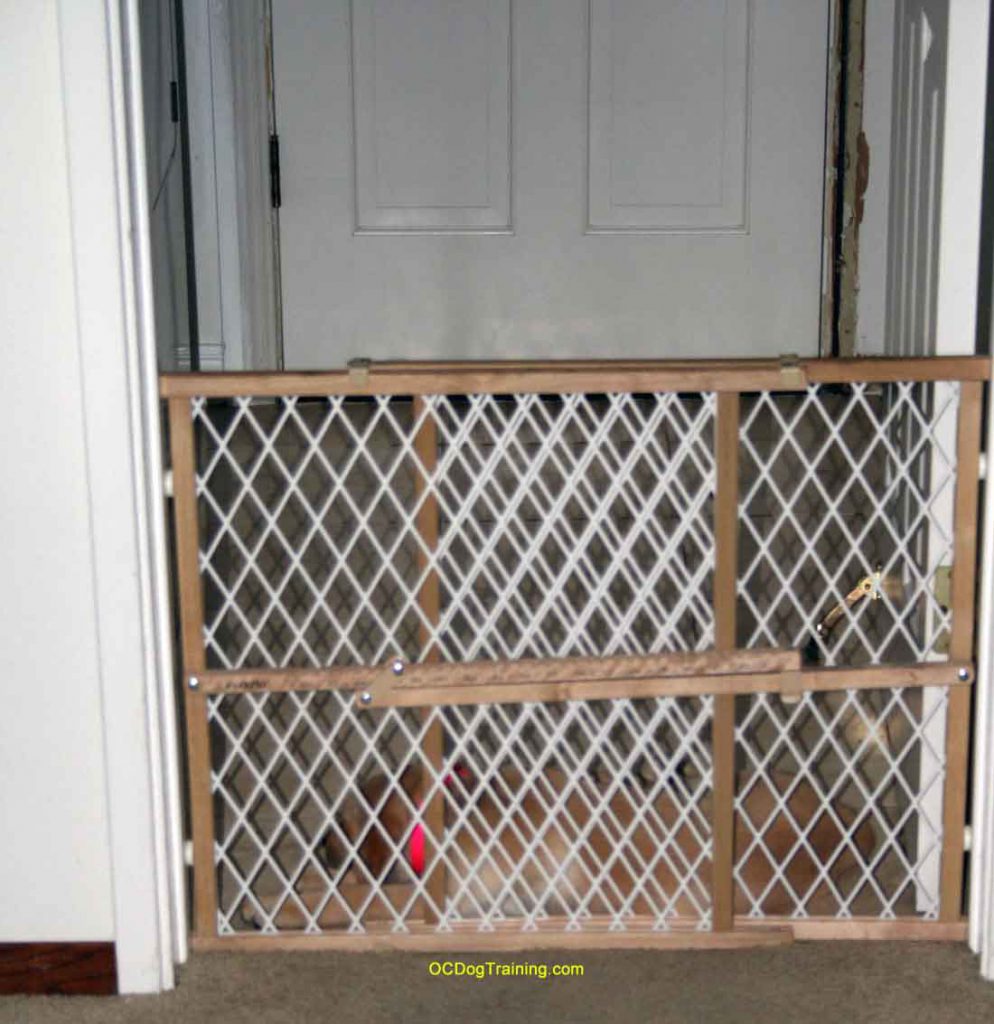
There are some extra safety measures that can be taken for dogs that bolt doors. As a temporary solution I will sometimes put an exercise pen (ex pen) up as a barrier to the door. If the ex pen is not secured a determined dog will crash right through it. Even if it is secured it may only give you a few extra seconds to react. But those few seconds can be a life saver.
Some people will find that a quick closing mechanism on the door is a good investment. This is particularly true if there are a lot of children in the house and it can also assist forgetful gardener/lawn care workers.
It has been my experience that having just a house door separating two or more aggressive dogs is not enough. It is too easy for someone going through the door to let a dog to slip past. What I find happens more frequently is that many people will not completely close the door. This is what happened with the dogs that prompted this post. In breaking up the dogs fighting I injured my hand. It has been over three months and my hand still hurts. For a couple of months it was my whole arm that ached. My use of that arm was limited for at least the first month. If you only have house doors separating the dogs you should invest in at least a couple of ex pens to put up around the inside of the house and the outside as well.
I also suggest installing self closing security doors leading to the yard and have security doors for sliding glass doors as well. These are improvements that will provide additional benefits other than keeping the dogs away from each other.
An alarm system that lets you know when a door is left open would be another good add-on that could be very helpful. It will also assist in teaching the humans to close doors.
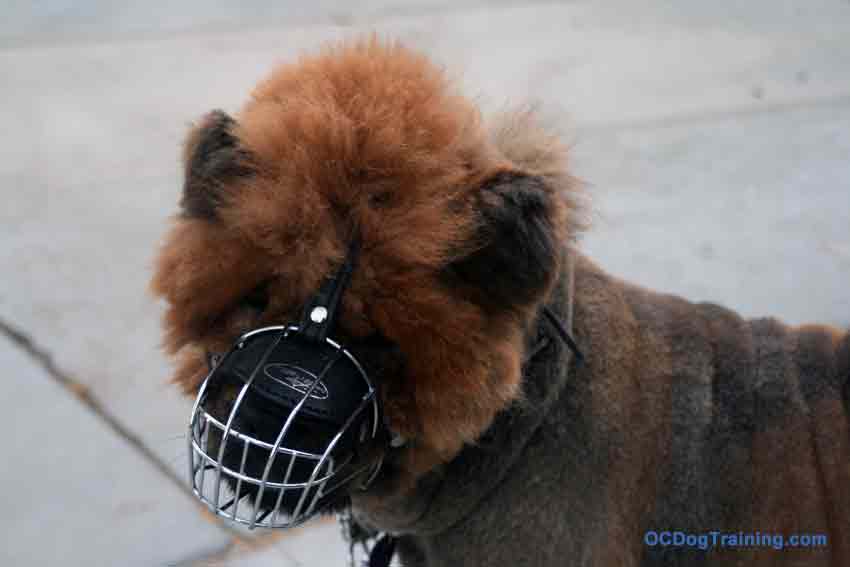
Another option and one that I usually classify more with training is getting the dogs used to wearing a muzzle. Teaching a dog to wear a muzzle should be part of regular pet training. There are several scenarios where having a muzzle on the dog may be necessary. If I remember right all sheriff dogs needed to wear a muzzle when being transported in a helicopter. Being comfortable with a muzzle will be useful when transporting and housing dogs in emergencies such as earthquakes and fires. Both of which we have a lot of in California.
Wishing you the best in dogs and in life,
Andrew Ledford
Southern California Dog training
714-827-4058


